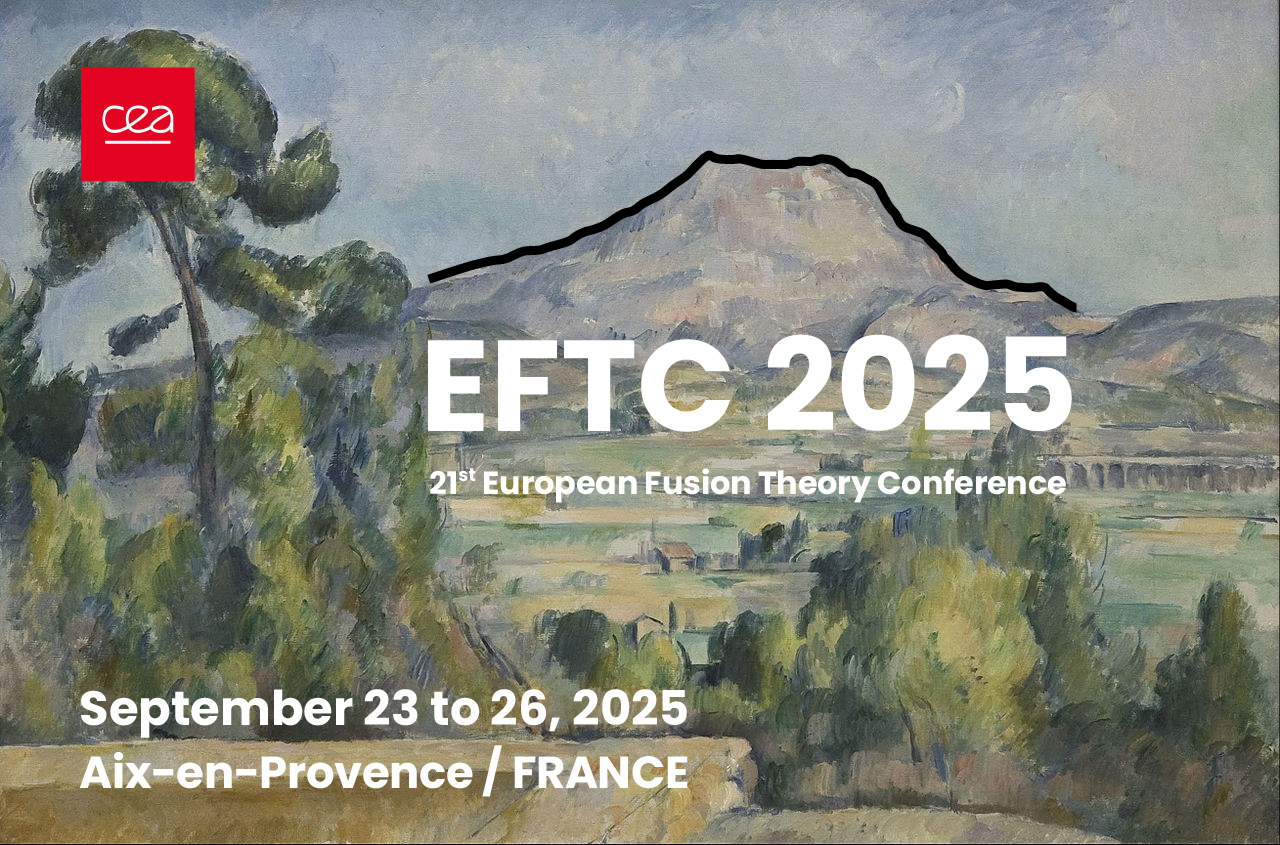Speaker
Description
Evaluation of the bootstrap current is an important part of stellarator optimization procedures aiming at self-consistent equilibria or configurations with strongly reduced bootstrap current. The later is especially relevant for an accurate control of the $\iota$ profile, enabling the operation of an island divertor. For such optimization workflows, a fast method of evaluating the bootstrap current is highly desired. Such an evaluation is straightforward for perfectly omnigeneous stellarators (which include quasi-helical configurations as a particular case). For such devices magnetic field maxima along a field line are aligned and the trapped-passing boundary layer width is the same for all magnetic wells on this line (ripples are equivalent). In these configurations, the bootstrap effect is tokamak-like [1] and can be well represented by the Shaing-Callen formula [2] in the long mean free path regime. However, in realistic configurations omnigeneity is always at least slightly violated, because it cannot be realized exactly and because of the compromise with other optimization criteria. As shown recently [3], slight violations of the alignment of local maxima and of the ripple equivalence lead to the deviation of the bootstrap current from its Shaing-Callen limit. These deviations scale with the mean free path as $l_c$ and $l_c^{1/2}$, respectively. Here, we extend the formula describing this deviation "offset" in devices with predominant poloidal closure of magnetic field strength contours~\cite{bootstrap} to general quasi-symmetry. This formula only requires the computation of double integrals on the magnetic surface, leading to computation times not exceeding the evaluation of the Shaing-Callen expression. We apply its numerical implementation to devices close to omnigeneity and check the results against direct evaluation by the neoclassical solver NEO-2 [4].
[1] P. Helander, J. Geiger, H. Maassberg, Phys. Plasmas 18(9): 092505 (2011)
[2] K. C. Shaing and J. D. Callen, Phys. Fluids, 26(11):3315-3326 (1983)
[3] C. G. Albert et al., Journal of Plasma Physics, 91(3):E77 (2025)
[4] W. Kernbichler et al., Plasma Phys. Control. Fusion, 58(10):104001 (2016)

